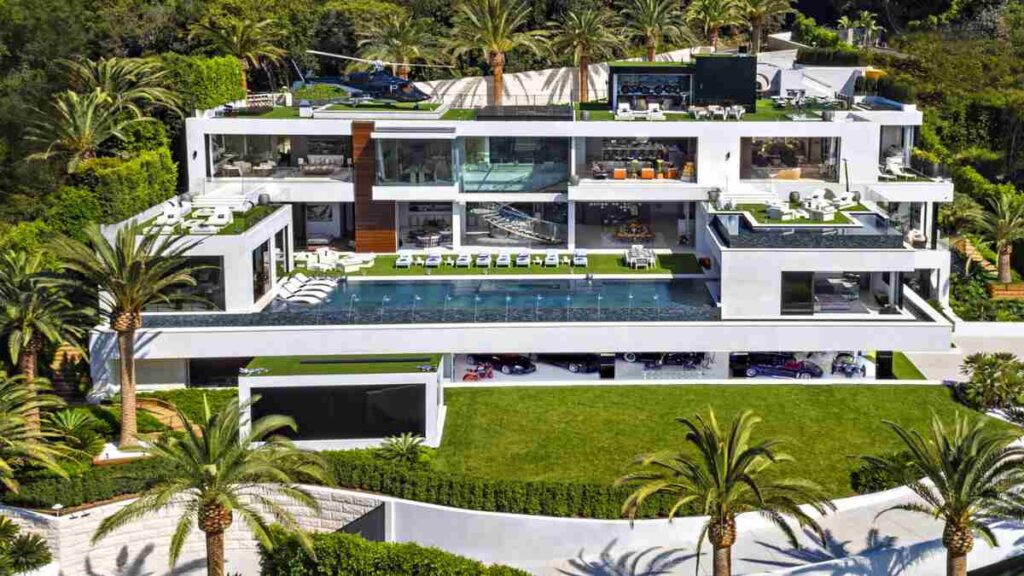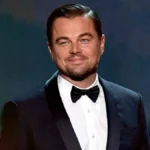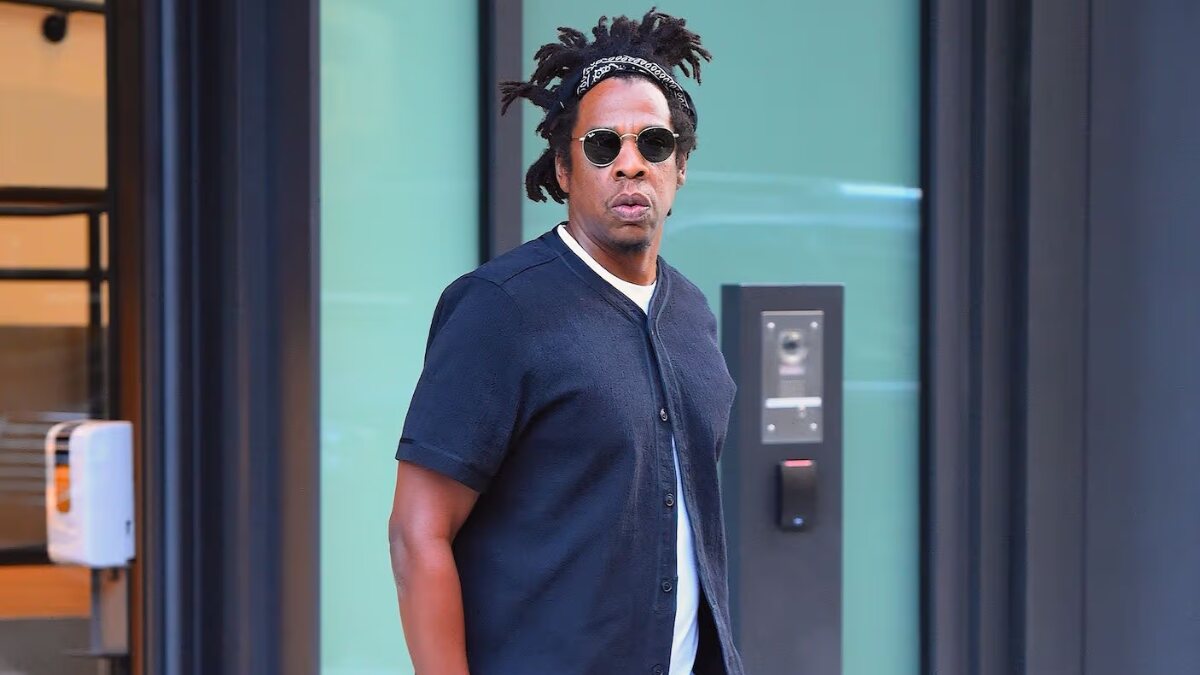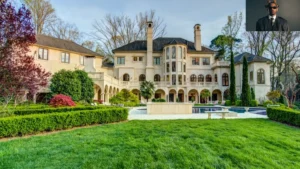If you’ve ever wondered how a rapper became a Wall Street name, look no further than Shawn “Jay-Z” Carter. In 2019, Forbes declared him hip-hop’s first billionaire, a milestone that felt less like a surprise and more like confirmation of what his lyrics had been hinting at for years. (“I’m not a businessman, I’m a business, man.”) His journey from Brooklyn’s Marcy Projects to global mogul status isn’t just a rags-to-riches story — it’s a blueprint for how cultural influence can be transformed into generational wealth.
Jay-Z’s billionaire status isn’t built solely on music. While his albums shaped hip-hop history, his real fortune comes from a carefully curated portfolio: champagne and cognac brands, blue-chip art, luxury real estate, and entertainment ventures like Roc Nation. Each move tells us something bigger — that he saw value where others saw risk, and that he understood early on the power of ownership.
This article explores how Jay-Z’s billionaire investments — from Basquiat paintings to bottles of Ace of Spades — cement his place not only as a cultural icon but as a financial architect. More than a profile of wealth, it’s a study in how art, wine, and luxury assets can turn influence into empire.
How Did Jay-Z Become a Billionaire? Breaking Down His Investment Empire
How did Jay-Z become a billionaire? The answer lies in a career that evolved from street-level hustle to global strategy. His music opened the door, but he never saw record sales as the finish line. In the late 1990s, he co-founded Roc-A-Fella Records, proving early on that ownership mattered more than just being talent. That mindset carried him into Roc Nation, a full-service entertainment company managing everyone from Rihanna to sports stars, which became one of his crown jewels.
Observers point to 2019 as the tipping point, when Forbes officially crowned him a billionaire. By then, his portfolio stretched far beyond music. Jay-Z had already invested in Armand de Brignac champagne, turning its gold bottles into a global status symbol, and partnered on D’Usse cognac, another luxury play. He poured money into art, snapping up Basquiat paintings that today are worth tens of millions. Even Tidal, the streaming platform he sold stakes in, reflected his insistence on owning platforms rather than renting space in someone else’s empire.
What makes the story compelling isn’t just the balance sheet, but the vision: each move layers cultural influence with financial power. Jay-Z didn’t stumble into billionaire status — he built it, brick by brick.
Jay-Z’s Art Collection — Why Does He Spend Millions on Masterpieces?
How Much is Jay-Z’s Art Collection Worth?
Estimates put Jay-Z’s art collection at more than $70 million, with Basquiat at its center. That figure isn’t static — it rises with every record-breaking auction. In 2017, for instance, a Jean-Michel Basquiat painting sold at Sotheby’s for over $110 million, underscoring why Jay-Z’s acquisitions are as much about smart billionaire art investments as personal taste.
His focus on Basquiat matters. The late artist represents not only cultural prestige but also the affirmation of Black creativity in spaces long dominated by European masters. Owning Basquiat isn’t just about hanging a masterpiece on the wall; it signals participation in cultural preservation and influence. Some fans see it as a flex — proof of wealth in brushstrokes — while others view it as stewardship of a legacy that resonates with Jay-Z’s own rise from the margins.
The worth of Jay-Z’s art collection is measured in dollars, yes, but also in cultural weight.
Why Do Billionaires Like Jay-Z Invest in Art?
One of the most common questions is why billionaires like Jay-Z invest in art. The answer stretches beyond simple decoration. For the ultra-wealthy, art functions as a hedge against inflation — a tangible asset that tends to appreciate even in turbulent markets. But it’s also about status. Owning a Basquiat or Warhol sends a message of cultural authority, placing the buyer in the same league as collectors like François Pinault or Bernard Arnault, who treat art as both investment and identity.
For Jay-Z, the strategy has a deeper resonance. Basquiat’s story mirrors his own rise from outsider to icon, turning ownership into a statement of cultural alignment. By investing in art, Jay-Z isn’t just securing financial growth; he’s positioning himself within a lineage of tastemakers who define what endures. In this way, his collection becomes part balance sheet, part legacy — wealth expressed in brushstrokes and cultural permanence.
Jay-Z’s Luxury Wine and Champagne Empire Explained
Is Jay-Z’s Ace of Spades Still a Good Investment?
Pop the gold bottle — if you’ve seen Ace of Spades in a music video, you’ve seen Jay-Z’s business genius at work. Officially known as Armand de Brignac, the champagne brand became synonymous with luxury after Jay-Z took full ownership in 2014. He later struck a landmark deal with Moët Hennessy in 2021, selling 50% while keeping significant control — a move that valued the brand in the hundreds of millions.
So, is Jay-Z’s Ace of Spades still a good investment? The answer lies in the broader luxury champagne market, which continues to expand as global demand for prestige labels rises. Investors and analysts note that high-end bottles like Armand de Brignac hold cultural as well as financial value, buoyed by their visibility in music, nightlife, and celebrity culture. In short, Jay-Z’s champagne isn’t just a lifestyle statement — it remains a strategic asset in the billionaire’s portfolio.
How Much Did Jay-Z Sell His Wine Stake For?
In 2021, Jay-Z sold a 50% stake in his Armand de Brignac champagne brand — widely known as Ace of Spades — to luxury giant Moët Hennessy. While the exact dollar figure wasn’t publicly disclosed, analysts estimated the deal valued the brand at around $600 million, putting Jay-Z’s share near $300 million. The sale mattered for two reasons: it validated Ace of Spades as a serious player in the luxury champagne market, and it showed Jay-Z’s ability to turn cultural cachet into corporate-level value. Rather than cashing out entirely, he kept half the brand, ensuring both immediate capital and long-term influence. For many, the deal marked a turning point — proof that his billionaire empire was built on more than just music.
Beyond Music — Jay-Z’s Luxury Assets in Watches, Cars, and Rare Items
It’s easy to dismiss Jay-Z’s luxury toys as bling, but collectors know they’re often blue-chip assets in disguise. Take the Rolls-Royce Boat Tail, a custom build estimated at $28 million, which is less a car than a rolling piece of art. Then there’s his Maybach Exelero, another rare gem valued at $8 million, a vehicle so scarce it’s practically museum-grade. These aren’t just joyrides; they’re investments that appreciate as symbols of exclusivity.
The same logic applies to his Hublot Big Bang and Richard Mille watches, some of which are worth seven figures. To the untrained eye, they’re flashy wrist candy. To collectors, they’re part of a small, carefully guarded market where rarity drives long-term value. Even sneakers in his collection — such as limited-edition collaborations — double as cultural assets.
The Jay-Z car collection and rare watches tell a story beyond excess: they reinforce his brand as someone who understands the crossover between culture, luxury, and wealth. In the billionaire game, every possession is strategic. Jay-Z’s luxury assets remind us that in his world, even “toys” are tools — vessels of legacy wrapped in horsepower and Swiss precision.
How Does Jay-Z’s Real Estate Portfolio Compare to His Other Investments?
If art is legacy and champagne is culture, then real estate is Jay-Z’s security. Together with Beyoncé, he’s assembled a portfolio that reflects both stability and spectacle. Their crown jewel is a $200 million Bel-Air mansion, one of the most expensive homes ever sold in California. Add to that a $26 million Hamptons estate, perfect for summer escapes, and Jay-Z’s longtime Tribeca penthouse in Manhattan, valued around $10 million, and you get a picture of property holdings that anchor his empire.
So, where do Jay-Z and Beyoncé own homes? Coast to coast — and always in markets that scream cultural relevance. Compared to his faster-growth plays in art or champagne, real estate brings steadier but slower ROI. That’s why many celebrities, from Rihanna’s Barbados villa to Taylor Swift’s Rhode Island mansion, treat homes as anchors, not rocket ships. Even Elon Musk, famously selling off property, proved one point: real estate may not always be flashy, but it’s the foundation every mogul needs.
Jay-Z vs. Kanye West, Rihanna, and Diddy in Billionaire Investments
When it comes to hip-hop’s billionaire circle, it feels like an arena match-up: Jay-Z vs. Kanye West, Rihanna, and Diddy — each with a different playbook. Who is richer, Jay-Z or Kanye West? After Kanye’s financial freefall following the Adidas split, Jay-Z has comfortably secured the crown as hip-hop’s wealthiest, with Forbes pegging him at over $2.5 billion in 2025. Kanye, once neck-and-neck, has seen Yeezy’s dominance shrink.
Rihanna plays an entirely different game. Her Fenty Beauty empire, built with LVMH, transformed her into the world’s richest female musician. Personally, I think Rihanna’s Fenty play is the boldest because it shifted the celebrity wealth model from endorsements to true equity. Diddy, meanwhile, has long ruled the spirits world with Ciroc vodka, DeLeón tequila, and media investments, proving longevity still matters.
Jay-Z’s unique angle? Art and wine. Few peers in the celebrity billionaire set have leveraged cultural luxury assets so effectively, balancing Basquiat paintings with Armand de Brignac champagne and D’Usse cognac stakes.
| Mogul | Core Billionaire Asset | Estimated Wealth (2025) |
| Jay-Z | Art, Wine, Real Estate | $2.5B |
| Rihanna | Fenty Beauty, Savage X Fenty | $1.4B |
| Diddy | Spirits, Media | $400M |
| Kanye | Yeezy (declined) | $400M |
Different strategies, different outcomes — but Jay-Z’s art-and-culture investments set him apart as the blueprint for building billionaire staying power.
Why Do Billionaires Like Jay-Z Diversify into Art and Wine?
Why do billionaires invest in art and wine? At first glance, it might look like indulgence, but the logic runs deeper. For investors like Jay-Z, diversification into tangible luxury assets provides a hedge against inflation. Unlike stocks, which can swing wildly, a Basquiat painting or a cellar of prestige champagne tends to appreciate steadily over time. Bloomberg Wealth notes that fine art has historically outperformed many equity indexes in periods of economic uncertainty, while luxury wine indexes often climb even when broader markets slow.
But the play isn’t just financial. Art and wine are also forms of cultural signaling — assets that communicate status, taste, and influence. When Jay-Z pours Ace of Spades in a video or acquires a Basquiat, he’s reinforcing cultural authority as much as building balance-sheet value. There are even tax advantages: certain art investments qualify as alternative assets with favorable treatment when held or donated.
Economist observers argue this mix of finance and symbolism is why billionaires from François Pinault to Jay-Z diversify into these spaces. For them, art and wine serve dual roles: storehouses of wealth and extensions of identity — rare investments that secure both financial returns and cultural immortality.
What Lessons Can Entrepreneurs Learn from Jay-Z’s Portfolio?
If you’re an entrepreneur, Jay-Z’s playbook shows three things worth studying. First, the power of ownership. From Roc-A-Fella Records to Roc Nation, Jay-Z built structures where he wasn’t just talent but an equity-holder. That difference — being an owner, not just an earner — is the foundation of his wealth. As he famously rapped, “I’m not a businessman, I’m a business, man.”
Second, he mastered the art of brand leverage. Investments like Armand de Brignac champagne and D’Usse cognac weren’t random. They aligned with his image and culture, making the brands stronger because of his name, and making his name stronger because of the brands. For entrepreneurs, the lesson is clear: choose opportunities that amplify, not dilute, your identity.
Finally, Jay-Z plays the long game. His art collection, real estate, and stakes in companies like Tidal prove he’s thinking decades ahead. Entrepreneurs often chase fast wins, but his portfolio shows that patient diversification pays off.
The business lessons from Jay-Z aren’t about mimicking his industry — they’re about adopting his mindset: own what you build, align with what you believe in, and think beyond the next quarter. That’s how influence turns into enduring inspiration for entrepreneurs everywhere.
How Much Are Jay-Z’s Assets Worth in 2025?
According to Forbes 2025, Jay-Z’s net worth sits at over $2.5 billion, cementing his status as the richest figure in hip-hop. His billionaire empire is spread across multiple asset classes, each contributing a significant slice of his fortune.

Here’s a breakdown of Jay-Z’s major holdings:
- Art Collection — Estimated at $70+ million, anchored by Basquiat masterpieces.
- Armand de Brignac (Ace of Spades champagne) — Valued at $600 million after the Moët Hennessy deal.
- D’Usse Cognac — Stake worth an estimated $100–150 million.
- Roc Nation (music + sports empire) — Around $300 million.
- Real Estate (Bel-Air, Hamptons, Tribeca) — Over $250 million combined.
- Other Investments (Uber, collectibles, startups) — Hundreds of millions.
Bloomberg Wealth notes that what sets Jay-Z apart isn’t just the size of his portfolio but the balance: cultural assets like art and champagne sitting comfortably alongside traditional holdings like real estate and tech. It’s a mix that keeps him wealthy — and relevant.
My First Glimpse of Jay-Z’s Billionaire World
I remember the first time I saw a gold bottle of Ace of Spades being carried across a nightclub floor, sparklers trailing like fireworks. It wasn’t just champagne — it felt like a performance, a signal that luxury had merged with culture. Only later did I realize the genius of it: Jay-Z wasn’t just selling a drink, he was embedding his name into the rituals of nightlife itself.
A similar feeling hit me in an art gallery years later, standing in front of a Basquiat canvas. The thought crossed my mind: somewhere, Jay-Z owns works just like this. That realization reframed the painting. It wasn’t just a masterpiece — it was part of a broader story, where a kid from Brooklyn now collected the very symbols of artistic rebellion and cultural permanence.
In both moments, I understood his billionaire world wasn’t about excess. It was about influence — turning lifestyle into legacy, and proving culture could be capital.
Jay-Z as the Blueprint for Cultural Billionaire Investments
Jay-Z’s billionaire empire proves that wealth isn’t just about numbers on a balance sheet — it’s about shaping culture into capital. Where others saw champagne, he saw a global luxury brand. Where others saw canvases, he saw cultural preservation wrapped in Basquiat brushstrokes. His investments in Roc Nation, real estate, and spirits don’t just diversify assets; they extend his influence across industries that define how we live, celebrate, and remember.
Looking ahead, it wouldn’t be surprising to see Jay-Z expand into emerging spaces like NFTs, sports team ownership, or even broader global luxury partnerships. The pattern is clear: he doesn’t follow trends, he builds platforms that shift them.
In 2025, Jay-Z isn’t just another billionaire — he’s a cultural capitalist, crafting an empire where wealth and identity reinforce each other. Or, as one line captures it best: “Jay-Z didn’t just collect art and champagne — he collected cultural power, turning lifestyle into legacy.”
Mohit Wagh is the co-founder of The Graval with over 10 years of experience in SEO and content strategy. He specializes in crafting data-driven, authoritative content that blends cultural insight with digital growth.














